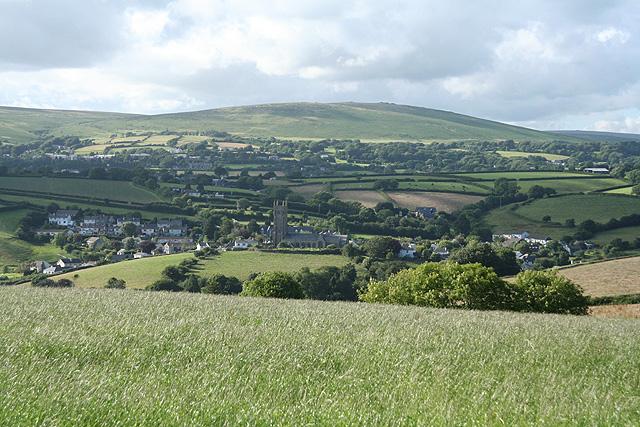Bittaford Methodist Church
Bittaford , Devon
A small rural church with a warm welcome from members of the congregation.

Standing magnificently in the centre of the village, St Peter's is a very ancient site of worship and has many historic connections and interesting features.
Ugborough, Devon
The bell tower is quite majestic and houses six bells which are rung each week by a committed group of local bellringers. Inside this vast building there are some displays which provide more detailed information about the history of the church.
The building is a large 13th century church known as the ‘Cathedral of the South Hams’.
We do not know when the first parish church was built at Ugborough. There may have been a church here in the Anglo Saxon period before the Norman Conquest, but nothing remains. Today, Ugborough parish church is dedicated to St Peter. We do not know to whom the church was dedicated in the Middle Ages as the information was lost after the Reformation. It may have been St Michael but we cannot be certain.
By 1300, a sizeable church stood on the present site, although little of this survives. The north and south arcades of the nave probably represent the exterior walls of this church, so it was smaller than the current building. In the early 14th century, the church was rebuilt and enlarged in the Decorated Gothic style. Outside the main door is a holy water stoop of this period, for people to use to bless themselves with, when entering the church. Around 100 years later the chancel was rebuilt in the Perpendicular style.
In the early 16th century the tower was rebuilt to be much larger and grander than the medieval tower. At about this time the large porch over the main north door was built, with a parvis room above it. This was used for storage, meetings and possibly accommodation. The traditional name for this room in the churchwarden’s accounts of the 17th and 18th centuries was the ‘Comply room’ or ‘comply garrett’, although the meaning of this is not clear.
We have very good records of the repairs and building works carried out during the 18th century. A new door was made, the church was renovated and enlarged and the north and south transepts added. The sundial was installed and the church clock was renewed. In the 1770s, a gallery was added but it no longer survives.
The 19th century was an important period of change. From at least the 1820s, concerns were being raised about 'green damp' on the south side of the church, and ivy intruding through the north wall. In 1848, new, larger steps were built from the village square to the churchyard, making access easier. Changes were made to the chancel after 1854, when pews were lowered and the central portion of the rood screen cut down, to make the communion table more visible to the congregation. Commencing in 1861, a major restoration of the church took place. The south transept was rebuilt and reseated, the chancel was redecorated and the present large windows were constructed in the north and south aisles. These were glazed 1861-65. A new font was installed as well. In 1868, an organ was installed and the gallery may have been demolished around this date.
In 1872, the tower was struck by lightning. Some years before, the parish council had decided not to install a lightening conductor, so the strike did extensive damage. The roof, masonry, clock bell and several windows were broken by the shock of the strike. In 1896, five further new windows were added.
In 1903 it was agreed that the churchyard needed to be extended. In 1910 the eight bells were re-hung in an iron frame, and a new floor and beams had been made for the belfry. The pinnacles and roof were restored, the clock was painted and regilded, as was the weather vane on the tower.
In 1921, the war memorial was erected at the northern edge of the churchyard, to commemorate the men who were killed in World War I.
In 2009, a major refurbishment of the church interior took place, with the clearing of pews of the west end of the church, the creation of a choir vestry in the south transept behind a splendid wooden screen made from the old pews, and the installation of a toilet and kitchen facility to modernise the church. Also, the Victorian font was moved, to the south chancel chapel and the medieval font reinstituted as the main place of baptism, near to the north door entrance.
Ongoing works are now planned to improve wall plaster and to install a proper heating system. Thus, we continue a 900-year-old tradition of repairs to Ugborough church!
Bittaford , Devon
A small rural church with a warm welcome from members of the congregation.
Ermington, Devon
A 600 year old church with an historic crooked spire and a remarkable collection of Pinwill carvings.
Diptford, Devon
For almost 800 years the village of Diptford has had a church at its centre.